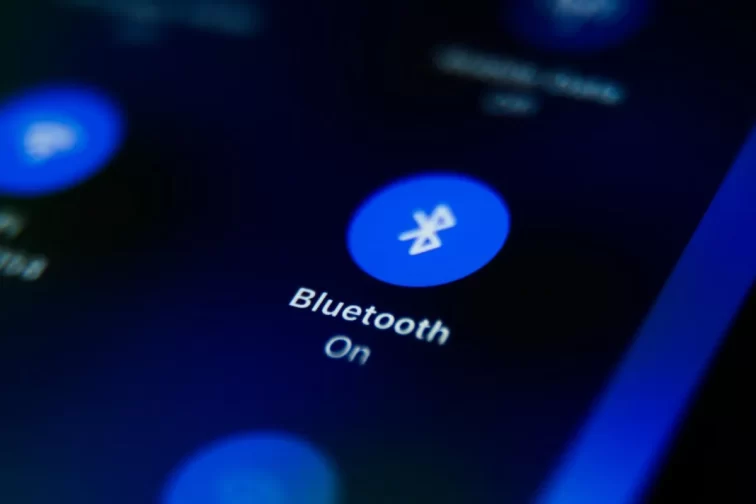On Monday 13th of May 2024, Apple and Google announced that iPhone and Android users will start seeing alerts when it’s possible that an unknown Bluetooth device is being used to track them. In a statement, Apple and Google mentioned that they are working together to create an industry specification — Detecting Unwanted Location Trackers — for Bluetooth tracking devices that can alert users across both iOS and Android if such a device is unknowingly being used to track them.
RSS uploads for podcasts now on YouTube.
This game-changing creation aims to help mitigate the misuse of devices designed to help keep track of belongings. On Monday 13th of May 2024, Apple implemented this capability in iOS 17.5, and Google is now launching this capability on Android 6.0+ devices.
How will Detecting Unwanted Location Trackers work?
With this new capability, users will get an “[Item] Found Moving With You” alert on their device if an unknown Bluetooth tracking device is seen moving with them over time, regardless of the platform the device is paired with.
Suppose a user gets such an alert on their iOS device, it means that someone else’s AirTag, Find My accessory or other industry specification-compatible Bluetooth tracker is moving with them. In many instances, the tracker may be attached to an item the user is borrowing, but if not, the iPhone can view the tracker’s identifier, have the tracker play a sound to help locate it, and access instructions to disable it.
AirTag and third-party Find My network accessories were designed from the beginning with industry-first privacy and safety protections, and Apple has remained committed to innovating and supplementing these protections to keep consumers safe.
This Apple and Google cross-platform collaboration offers instructions and best practices for manufacturers, should they choose to build unwanted tracking alert capabilities into their products. This collaboration will continue to work with the Internet Engineering Task Force via the Detecting Unwanted Location Trackers working group to develop the official standard for this technology.



